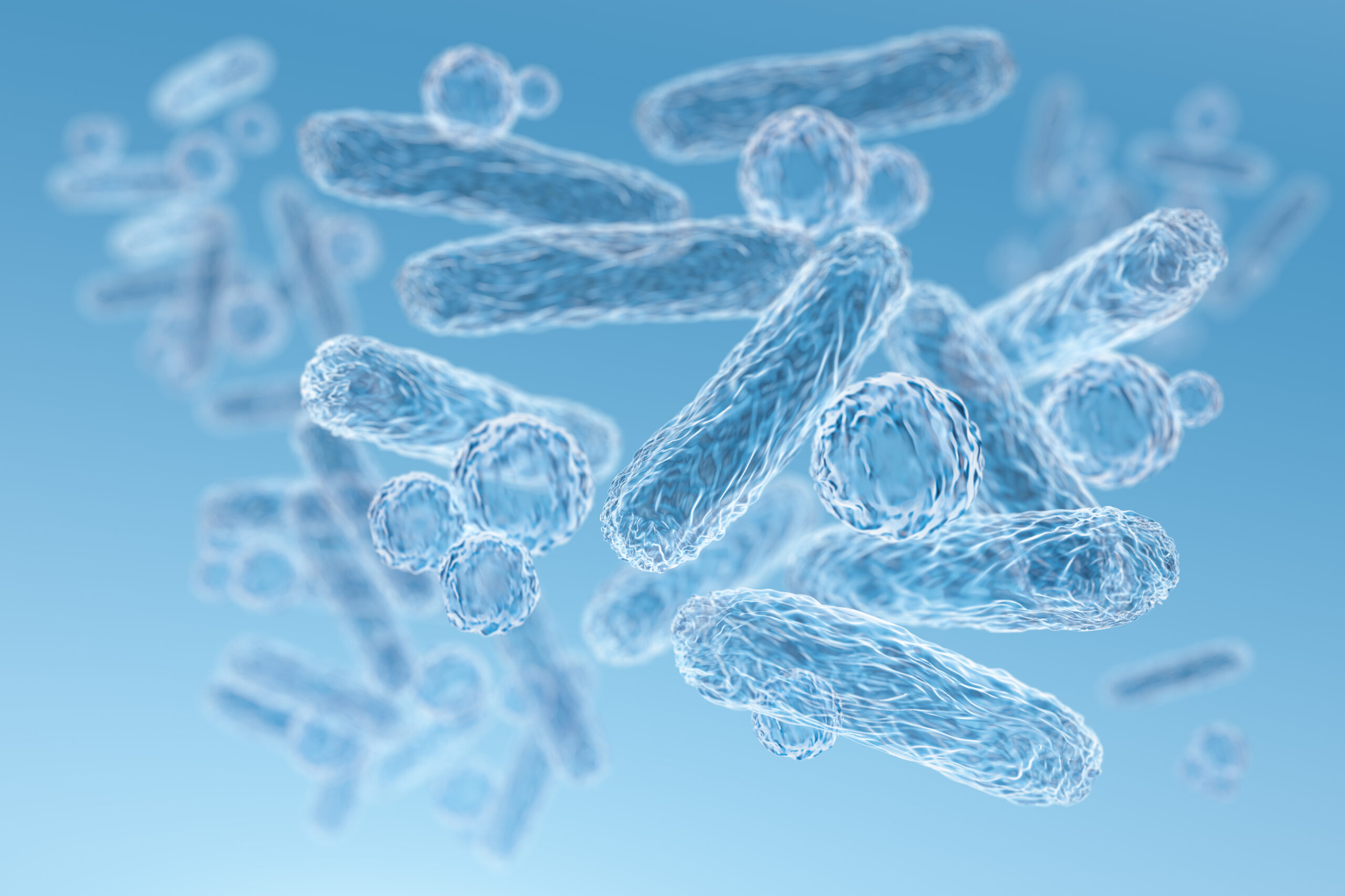Histamine intolerance (HIT) has been gaining attention recently, with more people recognising its role in a variety of unexplained symptoms. From headaches and hives to digestive issues and fatigue, many are now attributing these problems to histamine intolerance. However, it’s important to remember that histamine is a vital molecule for the body, involved in immune responses, digestion, and nervous system function.
True histamine intolerance is relatively rare, affecting a small percentage of the population. It is defined by a deficiency in diamine oxidase (DAO) activity, the enzyme responsible for breaking down histamine in the body. This deficiency can be severe (below 3 U/ml) in about 3% of individuals or mild (below 10 U/ml) in about 20%.
For those with histamine intolerance, managing dietary histamine intake is crucial. This involves eating fresh foods and avoiding anything aged, fermented, or tinned. It’s also important to monitor intake of precursor nutrients like vitamin B6, copper, and vitamin C, and potentially keep a DAO enzyme replacement supplement handy for specific occasions. Alcohol and certain medications should be avoided as they can inhibit DAO activity and contribute to histamine buildup in the gut.
Interestingly, many people who have adequate DAO activity still experience symptoms associated with histamine intolerance. This indicates that other factors are at play, possibly related to the gut microbiome.
The Role of the Gut Microbiome in Histamine Intolerance
The gut microbiome, the diverse community of bacteria living in our intestines, plays a significant role in overall health and can influence conditions like histamine intolerance. Research indicates that the gut microbiome of individuals with histamine intolerance differs markedly from those without the condition.
One study involving 64 participants, including those with confirmed histamine intolerance, found several key differences:
- Elevated Levels of Faecal Zonulin: Zonulin is a marker associated with gut permeability. Elevated levels suggest that individuals with HIT may have a more permeable gut lining.
- Increased Levels of Proteobacteria: The HIT group showed a higher proportion of Proteobacteria (5.4%), a bacterial phylum often associated with gut dysbiosis.
- Reduced Alpha-Diversity: A diverse gut microbiome is generally a marker of good health. HIT patients had significantly reduced microbial diversity.
- Specific Bacterial Genera Differences: HIT patients had lower levels of Butyricimonas and Hespellia but higher levels of Roseburia. Healthy controls had a higher abundance of Bifidobacteriaceae, beneficial bacteria known for supporting gut health.
Another study from Spain, involving 24 participants, highlighted additional differences:
- Lower Proportions of Beneficial Bacteria: The HIT group had fewer Prevotellaceae, Ruminococcus, and Faecalibacterium prausnitzii, all associated with gut health.
- Higher Abundance of Histamine-Secreting Bacteria: There were significantly more histamine-secreting bacteria in the HIT group, including Staphylococcus, Proteus, and others from the Enterobacteriaceae family, as well as Clostridium perfringens and Enterococcus faecalis.
These findings suggest that the gut microbiome could significantly contribute to histamine intolerance by favoring the accumulation of histamine in the gut and its absorption into the bloodstream.
Treatment and Management
While managing histamine levels through diet and supplements is important, understanding the role of the gut microbiome opens up additional strategies for managing histamine intolerance. Many assume that avoiding histamine-producing probiotics is crucial. However, this is not necessarily the core of effective treatment.
Addressing gut health comprehensively is more beneficial. This involves:
- Increasing Gut Diversity: A diverse gut microbiome is generally healthier. Consuming a variety of fiber-rich foods can support microbial diversity.
- Supporting Beneficial Bacteria: Prebiotics and certain probiotics that do not produce histamine, such as Bifidobacteria and Lactobacillus rhamnosus, can help maintain gut health.
- Reducing Gut Permeability: Managing gut permeability through diet, reducing stress, and avoiding unnecessary antibiotics can help lower histamine levels.
Final thoughts on Histamine and the Gut Microbiome
For those experiencing symptoms but not diagnosed with true histamine intolerance, investigating other potential causes, such as delayed IgG allergies or imbalances in the gut microbiome, may be worthwhile. Addressing these factors could lead to better overall health and symptom management.
In conclusion, while histamine intolerance can be challenging, understanding and managing the condition involves a multifaceted approach. Monitoring diet, nutrients, and the gut microbiome are all critical components in maintaining health and alleviating symptoms associated with histamine intolerance.

